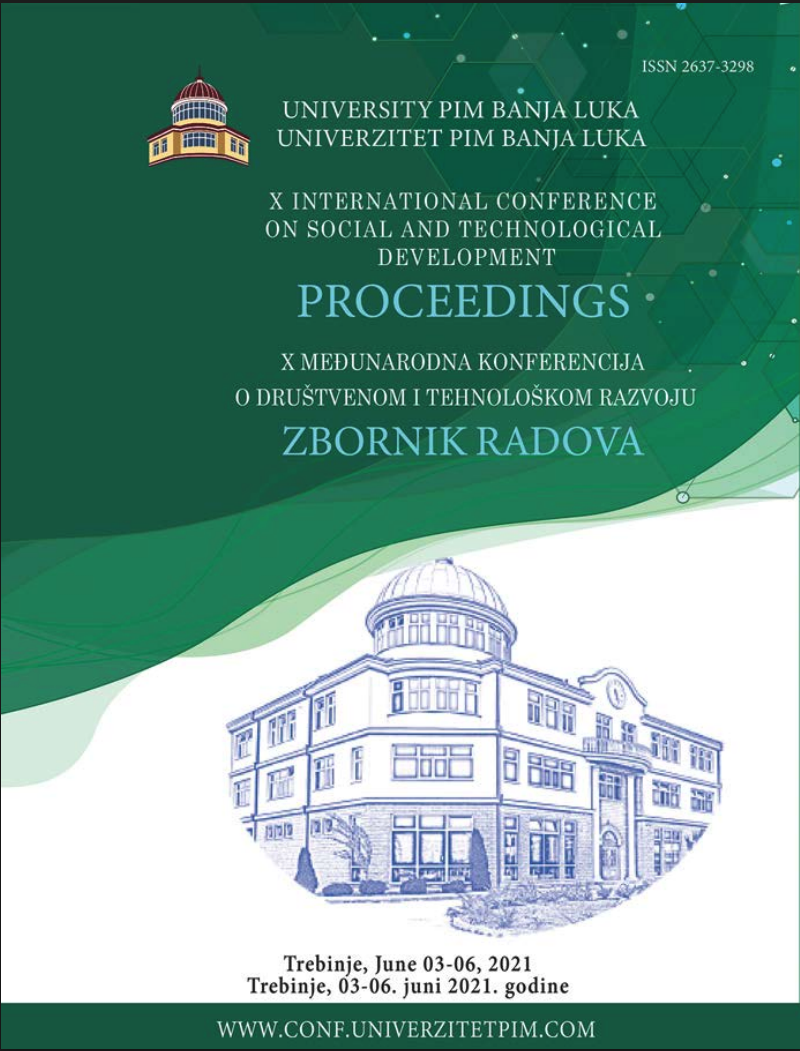
This is an open access article distributed under the Creative Commons Attribution License which permits unrestricted use, distribution, and reproduction in any medium, provided the original work is properly cited.
Institute of Nuclear Sciences “Vinča”, University of Belgrade , Belgrade , Serbia
Institute of Nuclear Sciences “Vinča”, University of Belgrade , Belgrade , Serbia
Institute of Nuclear Sciences “Vinča”, University of Belgrade , Belgrade , Serbia
Institute of Soil Science , Belgrade , Serbia
Faculty of Technology and Metallurgy, University of Belgrade , Belgrade , Serbia
Institute of Nuclear Sciences “Vinča”, University of Belgrade , Belgrade , Serbia
In this study, the chemical activation hydrochar of the spent mushroom substrate was used to examine its potential for application as a sorbent in order to remove Pb2+ from aqueous solutions. The hydrocar was prepared in a hydrothermal reactor at a temperature of 200 °C for a reaction time of 1 h. It was then chemically modified with 20 % CaCl2. Structural analysis of spent mushroom substrate and modified hydrochar was performed by SEM analysis. Based on this analysis, an increase in the porosity of the material was observed after hydrothermal carbonization. Also, the increase in the adsorption capacity of the modified hydrochar in relation to the spent mushroom substrate can be explained by the formation of pores on the surface of the carbon material. Respectively, based on the obtained results, it was noticed that during the adsorption process, Ca2+ ions are released into the filtrate, while Pb2+ ions occupy the binding sites. Preliminary results have shown that the process of hydrothermal carbonization can synthesize a new, eco-friendly material, which can be used as a sorbent of heavy metals for wastewater treatment
The statements, opinions and data contained in the journal are solely those of the individual authors and contributors and not of the publisher and the editor(s). We stay neutral with regard to jurisdictional claims in published maps and institutional affiliations.